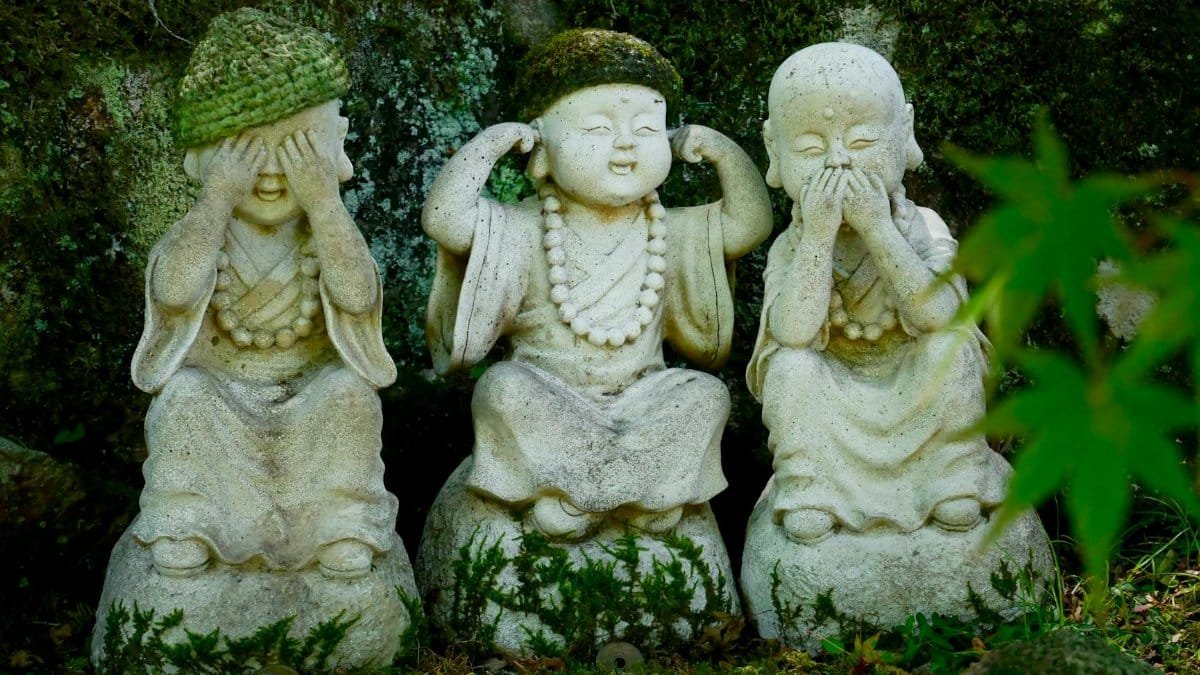Think of a home not just as walls and furniture, but as a living, breathing canvas. In the rush of modern American life, where every corner seems stuffed with objects or obligations, a quiet revolution is taking hold. The Japanese concept of ‘Ma,’ often described as the space between things, is inspiring a new way to design and inhabit our spaces. It’s not about minimalism for the sake of austerity, but about creating room—both physical and mental—for peace to settle in. As more people crave calm amid the chaos of 2025, Japanese Ma peaceful homes are emerging as a subtle yet powerful antidote to clutter and stress. This isn’t just a design trend. It’s a philosophy, rooted in centuries of Japanese thought, that prioritizes balance and intentionality. So how does ‘Ma’ translate from an abstract idea to a tangible sense of tranquility in our daily lives? Let’s unpack its essence and see why it’s resonating so deeply across the U.S. today.
The Essence of ‘Ma’ in Japanese Culture
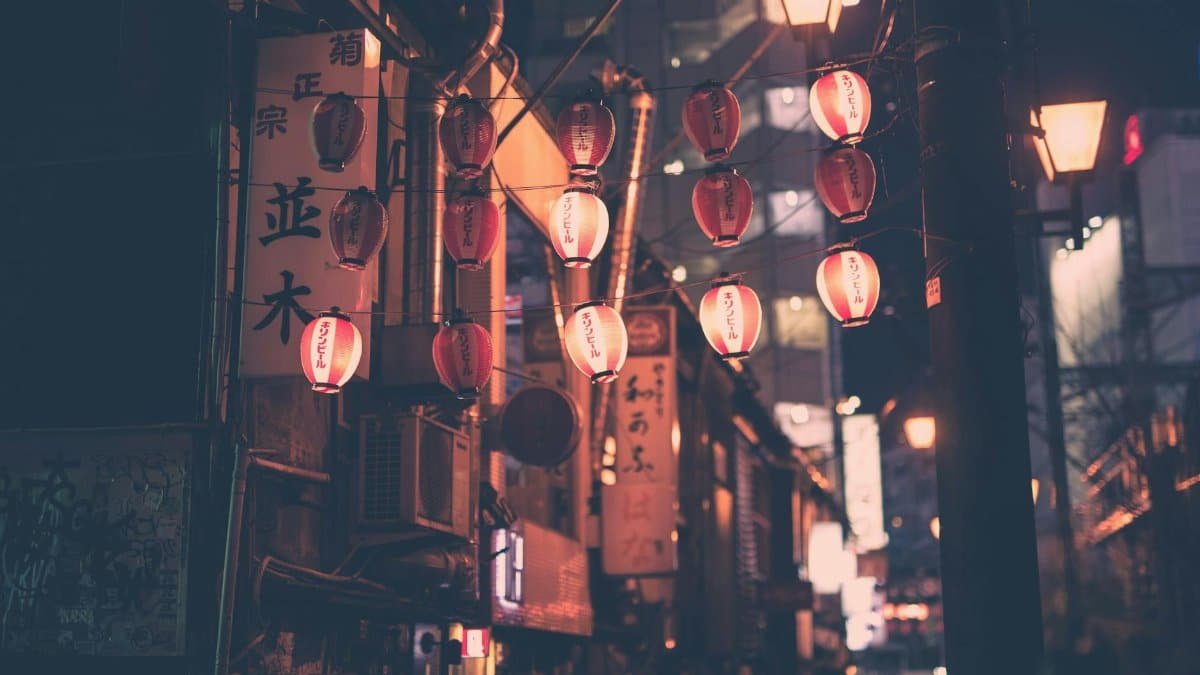
At its core, ‘Ma’ is about the pause, the gap, the negative space that gives meaning to what surrounds it. In Japanese culture, this concept isn’t confined to physical design—it permeates art, music, and even conversation. A tea ceremony, for instance, isn’t just about the act of pouring tea; it’s about the deliberate silence between movements, the empty space that allows each gesture to stand out. Applied to homes, ‘Ma’ suggests that what you leave out is as important as what you put in. It’s a striking contrast to the Western tendency to fill every shelf and schedule. Scholars at The Metropolitan Museum of Art note that Japanese design historically values this balance, creating environments where the eye—and the mind—can rest. For Americans, adopting this mindset means rethinking the urge to maximize space and instead asking: What can I remove to let my home breathe?
Why ‘Ma’ Resonates in a Cluttered World

In 2025, the average U.S. household is wrestling with more stuff than ever. A study by UCLA found that American homes often contain thousands of visible items, contributing to a subtle but persistent stress. Enter the appeal of Japanese Ma peaceful homes. It’s not about stripping a house bare—think less “monk’s cell” and more “intentional sanctuary.” Picture a living room where a single vase on a low table draws the eye, not because it’s loud, but because the space around it feels purposeful. This approach counters the sensory overload many feel daily. It’s telling that online discussions often highlight a longing for simplicity; one person shared anonymously that clearing a single cluttered corner of their home felt like “lifting a weight I didn’t know I was carrying.” ‘Ma’ offers permission to let go, to prioritize calm over chaos.
Physical Space as Mental Space
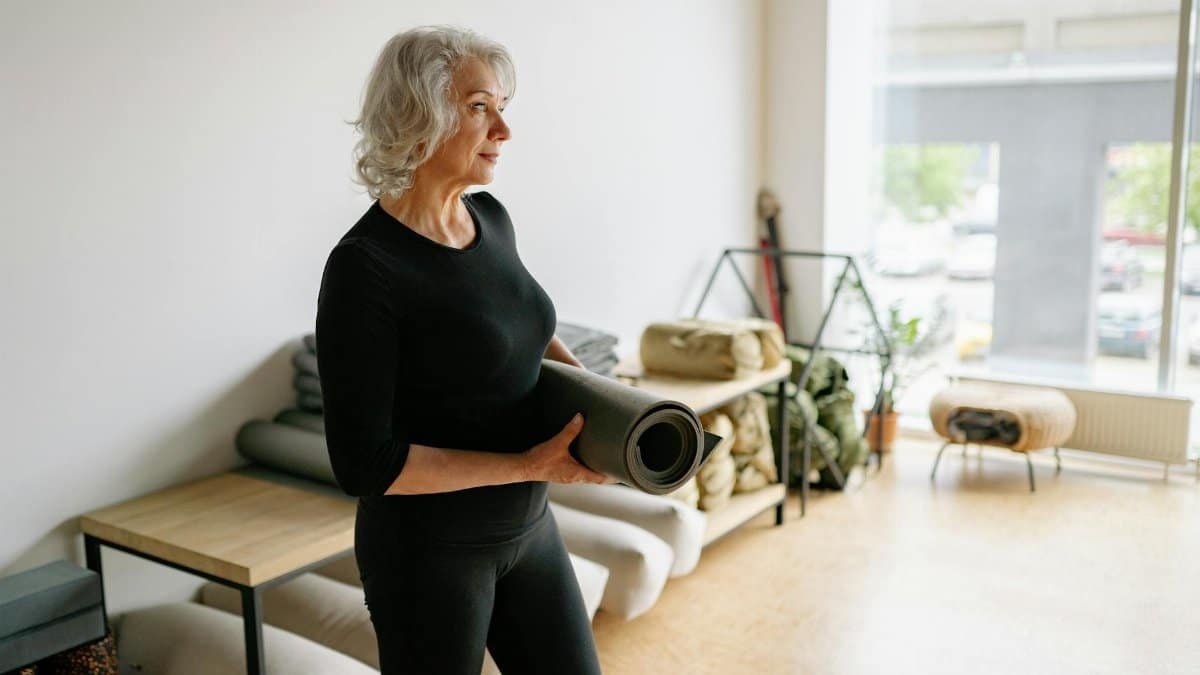
The link between environment and mindset isn’t just anecdotal. Research from The American Psychological Association shows that cluttered spaces can elevate cortisol levels, fueling anxiety. ‘Ma’ flips this dynamic by using empty space as a tool for mental clarity. In a Japanese-inspired home, a hallway might be left bare, not out of neglect, but to create a moment of pause between rooms. It’s a small shift with outsized impact. One family in suburban Chicago, for example, described rearranging their dining area to include an open corner with just a single plant. “It’s where I go to think now,” the mother said, her voice tinged with quiet surprise at how such a minor change reshaped her daily rhythm. By carving out these gaps, ‘Ma’ doesn’t just organize a room—it organizes thoughts.
Practical Ways to Invite ‘Ma’ Into Your Home

Bringing Japanese Ma peaceful homes to life doesn’t require a full renovation. Start small. Choose one room and remove a single item—a side table, a stack of magazines—and notice how the space feels. Does it open up? Does it invite a deeper breath? Next, consider furniture placement. In traditional Japanese design, low-to-the-ground seating and minimal decor create a sense of groundedness, as noted in studies by The Journal of Design History. You don’t need a tatami mat to achieve this; simply prioritize flow over function. Leave a wall blank. Resist the urge to fill it with art or shelves. Over time, these choices compound, turning a house into a haven. The goal isn’t perfection but presence—being fully in a space without distraction.
Challenges of Adopting ‘Ma’ in Western Culture

Let’s not romanticize the process. Embracing ‘Ma’ in a culture that often equates more with better can feel like swimming upstream. Consumer habits die hard; the pressure to accumulate—whether it’s decor or digital devices—runs deep. There’s also the practical hurdle of space itself. Many American homes, especially in urban areas, are smaller or shared, making “empty” feel like a luxury. A New Yorker in a 600-square-foot apartment might scoff at the idea of negative space when every inch counts. Yet ‘Ma’ isn’t about square footage. It’s about intention. Even in a cramped studio, a cleared windowsill or a single uncluttered drawer can shift the energy. The bigger obstacle might be mental—learning to see absence not as loss, but as possibility. That takes practice, and patience.
‘Ma’ Beyond the Home: A Broader Mindset
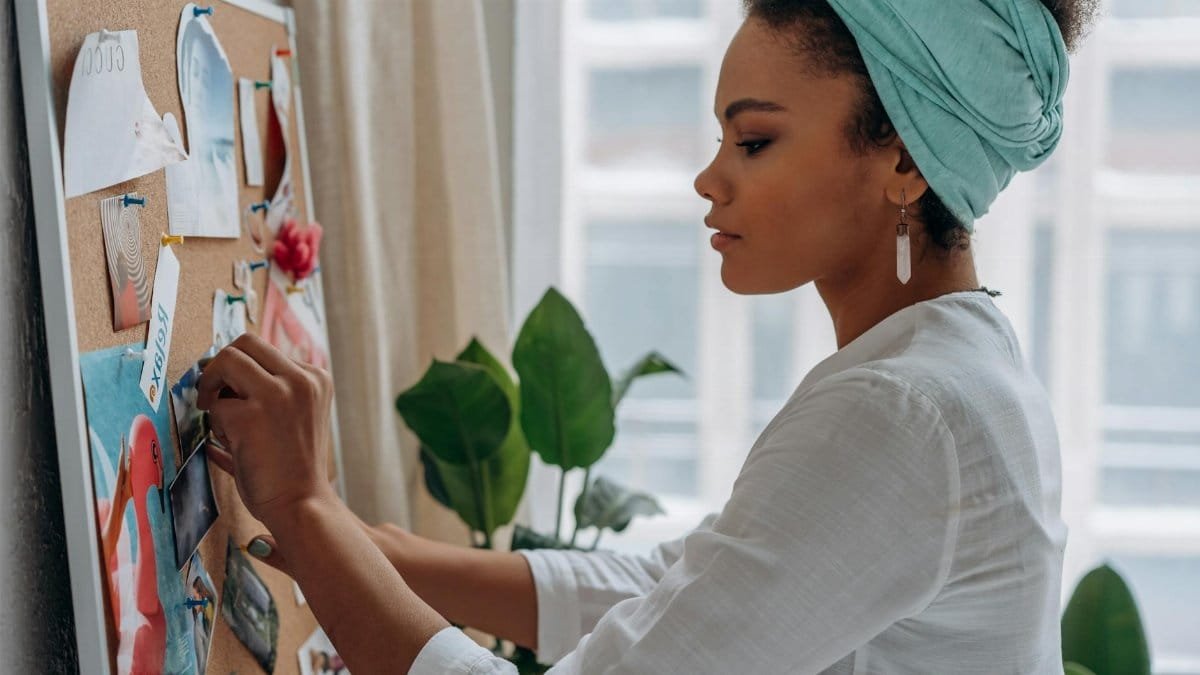
What’s fascinating is how ‘Ma’ extends beyond four walls. It’s a way of thinking that can ripple into relationships and routines. Imagine applying the concept of space to a packed calendar—saying no to one commitment to let the others stand out. Or in a conversation, allowing a moment of silence instead of rushing to fill it. This broader application of Japanese Ma peaceful homes speaks to a universal need for balance, especially in 2025, as burnout remains a persistent concern. While ‘Ma’ starts with design, its real power lies in reshaping how we move through the world. It’s less about having less and more about valuing what remains. For many Americans, that shift feels not just refreshing, but necessary.
The Quiet Power of Intentional Living
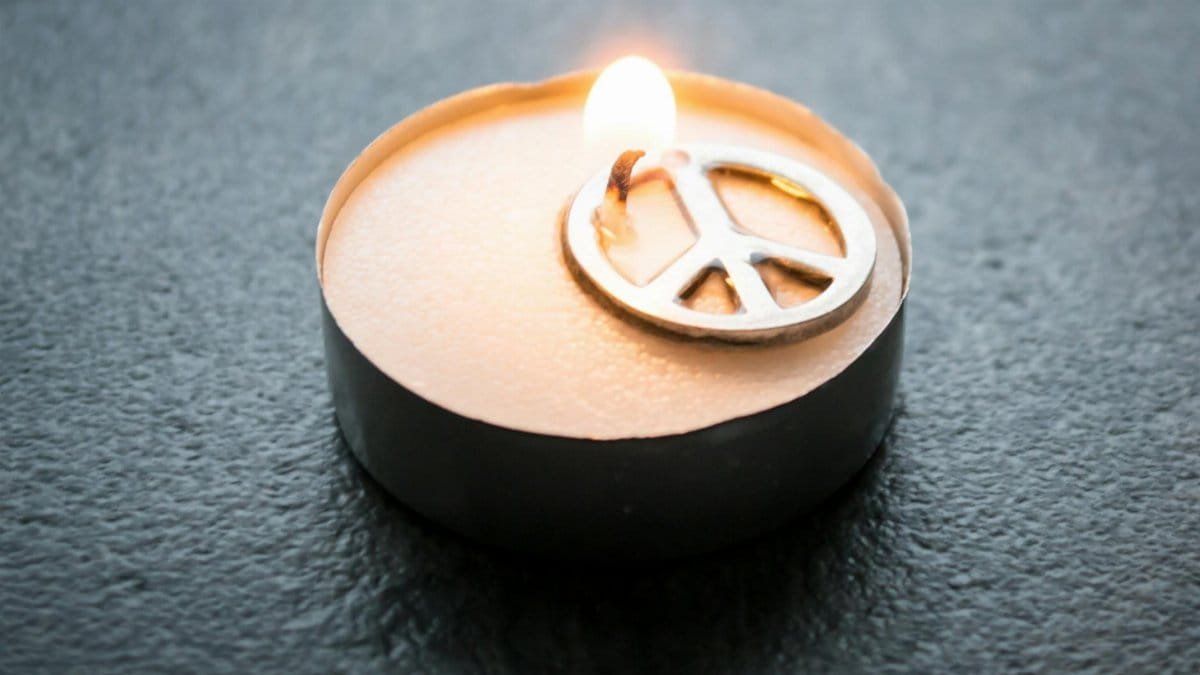
There’s a certain understated strength in choosing ‘Ma.’ It’s not flashy or immediate, like a trendy home makeover. Instead, it builds slowly, revealing itself in the way morning light hits an empty countertop or in the calm that settles over a decluttered bedroom. Japanese Ma peaceful homes aren’t about impressing others; they’re about grounding oneself. As life in the U.S. continues to speed up, with technology and obligations vying for every second, this philosophy offers a counterweight. It’s a reminder that peace isn’t found in addition, but in subtraction. By embracing the space between, we make room for what matters most—whether that’s a quiet moment, a clear thought, or simply the chance to be still. In a world that often demands more, ‘Ma’ whispers a different truth: sometimes, less is everything.
